Race and Ethnicity: African American
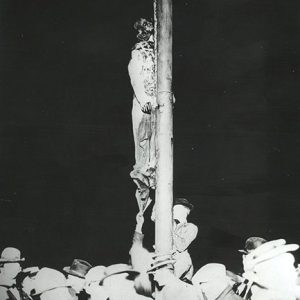 Sanford Lewis Lynching
Sanford Lewis Lynching
Lewis, Sanford (Lynching of)
Lightfoot, Claude M.
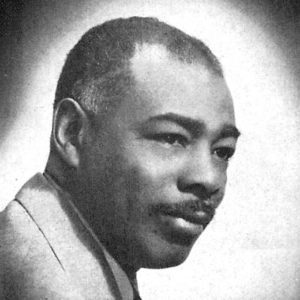 Claude Lightfoot
Claude Lightfoot
Lightfoot, G. P. F. (Lynching of)
Lincoln High School (Star City)
Lindsey, Donnie Lee, Sr.
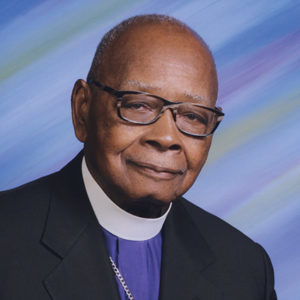 Donnie Lindsey
Donnie Lindsey
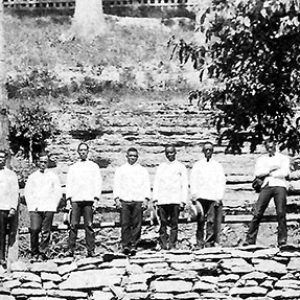 Linebarger Resort Staff
Linebarger Resort Staff
 Henri Linton
Henri Linton
Linton, Henri
Liston, Sonny
aka: Charles Liston
 Sonny Liston
Sonny Liston
Little Africa (Polk County)
 Little Readers Rock
Little Readers Rock
Little River County Race War of 1899
Little Rock Convention of Colored Citizens (1865)
Little Rock Executions of 1885
Little Rock Executions of 1892
Little Rock Nine
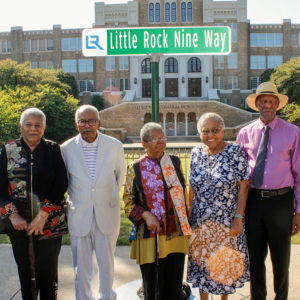 Little Rock Nine Way
Little Rock Nine Way
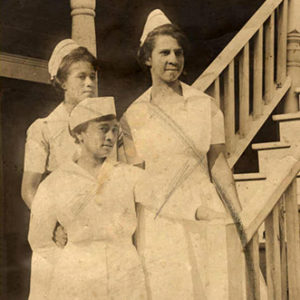 Little Rock Nurses
Little Rock Nurses
Little Rock School Desegregation Cases (1982–2014)
aka: Little Rock School District, et al v. Pulaski County Special School District et al.
Little Rock Uprising of 1968
Livingston, Abe (Lynching of)
Livingston, Frank (Lynching of)
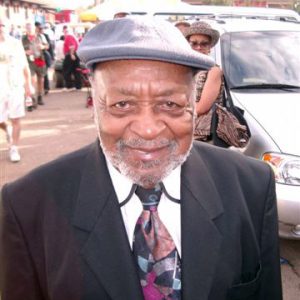 Robert Lockwood Jr.
Robert Lockwood Jr.
 Robert Lockwood Jr.
Robert Lockwood Jr.
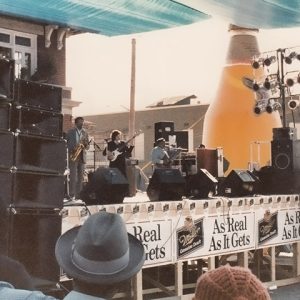 Robert Lockwood Jr.
Robert Lockwood Jr.
Lockwood, Robert, Jr.
Lonoke County Lynching of 1910
Lonoke County Race War of 1897–1898
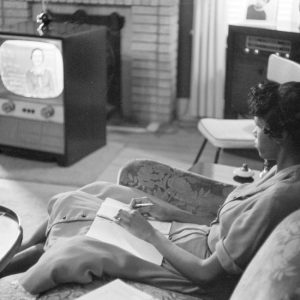 Lost Year Student
Lost Year Student
Lower Arkansas River Valley Schools, Desegregation of
Lowery, Henry (Lynching of)
Lucas, John Gray
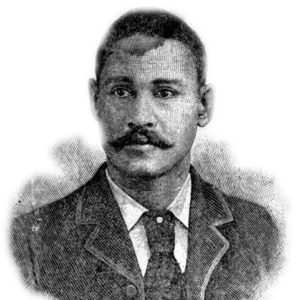 John Gray Lucas
John Gray Lucas
 Annie Lumpkin
Annie Lumpkin
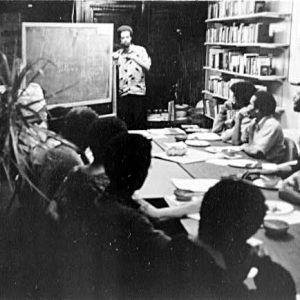 Haki Madhubuti
Haki Madhubuti
 Haki Madhubuti
Haki Madhubuti
Madhubuti, Haki R.
aka: Donald Luther Lee
Magee, Leach (Lynching of)
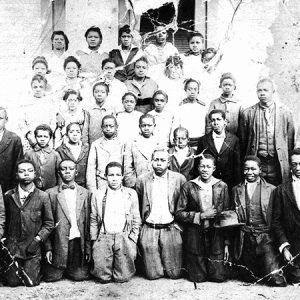 Magnolia Students
Magnolia Students
Mahone, Hall (Execution of)
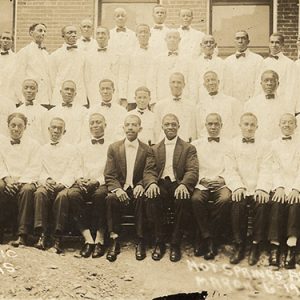 Majestic Hotel Waiters
Majestic Hotel Waiters
 Bliss Anne Malone
Bliss Anne Malone
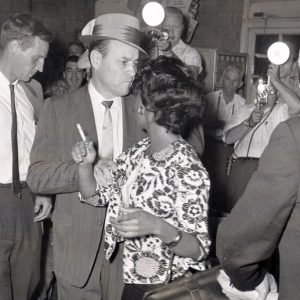 Arrest of Bliss Anne Malone
Arrest of Bliss Anne Malone




